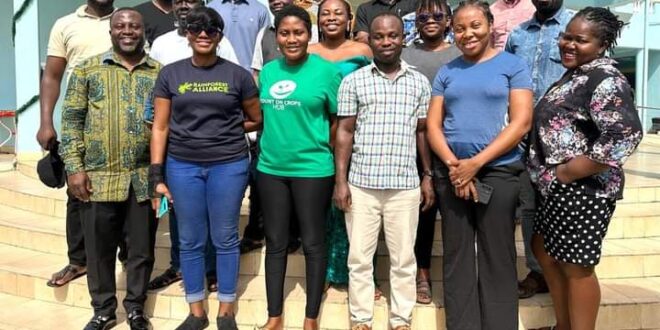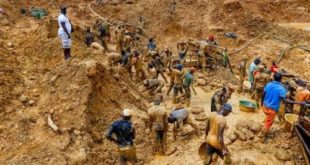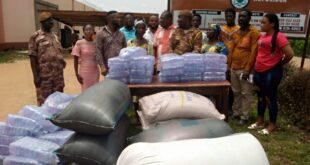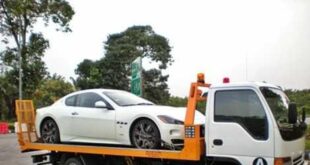The senior project manager for Tackling Force and Child Labour in Ghanaian Cocoa and Gold Mining by Rainforest Alliance, Joyce Poku Maaboah, says there is a difference between child work and child labor.
Addressing Ghana Agricultural & Rural Development Journalist Association (GARDJA) in Koforidua, she said she attended a meeting in a community where someone claimed, “There is no such thing as child labor; it’s just an idea from Western cultures.” Another person responded with a popular Akan proverb, “Akolaa b) Ngwa )nb) akyikyidie,” which means a child can break the shell of a snail but not a tortoise because the tortoise shell is harder. Joyce mentioned that our ancestors were aware of child labor, saying, “If our forefathers had this proverb, it means child labor was already a known issue and not introduced by foreigners.”
Child work is a regular task that children are expected to do based on their age and abilities. Children need to contribute, but this work should align with their age and size. However, forcing a child to work during school hours or making them work excessively is considered child labor. The key is to strike a balance: children can work, but not at the expense of their education or health.
“Parents play a crucial role in ensuring their children are educated and understand when it’s time for school and appropriate to work. By finding this balance, we can support both the well-being of the children and the overall development of the country,” she explained
Furthermore, she highlighted the importance of the Human Rights Due Diligence Tool. This tool is designed to establish a system promoting a culture of respect. Developed through research, it assists individuals in maintaining proper systems, assessing risks, and fostering commitment. Creating a culture that progresses is crucial; addressing child labor requires a gradual process.
There are mechanisms such as Access and Address where issues are brought forth and discussed. This benefits everyone, especially children whose interests and futures need protection. Collaborative efforts have been made with organizations like Cocoaboda, the child labor unit, and district-level personnel closely working with farmers.
“To address the root causes of child labor and forced labor, the targets include corporate organizations, the government, vulnerable individuals in communities, and every individual,” Miss Joyce said.
According to UNICEF, of all children in Ghana aged 5 to 17 years, about 21 percent are involved in child labor and 14 percent are engaged in hazardous forms of labor. This is twice as common in rural areas.
For poorer households, child labor is a negative coping mechanism, and most of the children are involved in agriculture and fishing industries. In all regions, the vast majority of working children are unpaid family workers between the ages of 5 and 7 years. While usually boys are more likely to be doing manual work, this could be due to the household interpretation of what constitutes child labour. Thus, the heavy domestic workload for girls, including childcare, is not considered as labor.
Source: radiooneghana.com/Quincy-Jones-Sesay (Ending file from UNICEF)
 Radio1Ghana Serving Communities
Radio1Ghana Serving Communities










